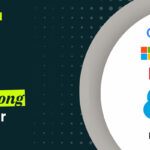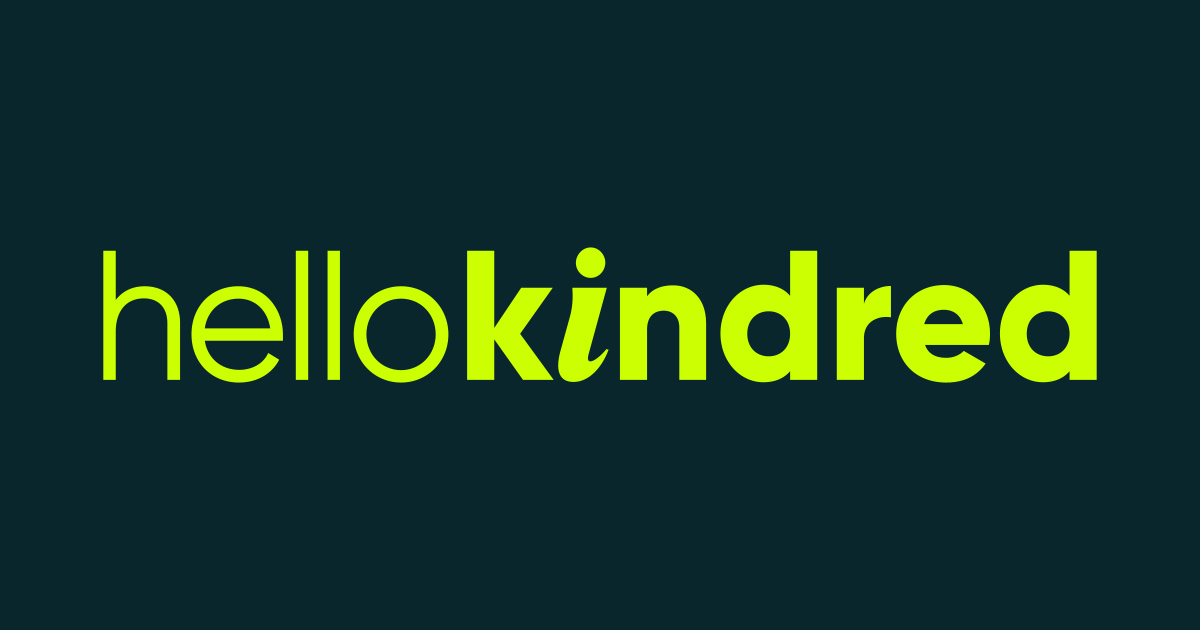How AI Streamlines the Contingent Workforce Pipeline
11 Jun 2024

Artificial Intelligence (AI) is playing an increasingly crucial role in transforming talent acquisition processes. HelloKindred, a leader in providing talent and staffing solutions, is leveraging AI to dramatically enhance efficiency, reduce time-to-hire, and improve the quality of hires in dynamic and competitive markets. This article explores how AI-driven technologies are automating and optimizing the sourcing, screening, and management of contingent labor.
The Rise of AI in Talent Acquisition
The shift towards AI in recruitment is transforming traditional hiring practices, automating labor-intensive tasks, and enabling recruiters to focus on strategic decision-making. AI technologies enable automated sourcing, screening, and matching of candidates, significantly reducing the resources and time traditionally required.
Automating Candidate Sourcing
At HelloKindred, the adoption of AI for automating candidate sourcing has been transformative. Leis Vokes, the Global Head of Talent Acquisition at HelloKindred, highlights the impact: “We use a tool that enables 1-Click posting to 300+ job boards, including paid ads on platforms like LinkedIn, all managed within our ATS. This saves us anywhere from 50-100% of the time previously needed to manually post.” This level of automation ensures a more robust talent pipeline and allows specialists to focus on more strategic activities.
Enhancing Screening and Matching
AI significantly enhances the screening and matching process. HelloKindred utilizes an AI-powered tool that automatically evaluates job applicants and matches them with job openings. Leis Vokes explains, “Our native AI-powered recruiting service enables quick screening, sourcing, and matching by automatically evaluating job applicants with a Match Score, saving us about 50% of the time previously spent on these tasks.” This tool automates the initial stages of the recruitment process, enabling faster and more accurate candidate placement.
Streamlining Communication and Customization
AI tools at HelloKindred also streamline communication with candidates and the customization of recruitment materials. Vokes notes, “AI tools help us write InMails to candidates, candidate pitch paragraphs, and job postings, saving us 30-50% of the time usually needed.” Additionally, the creation of interview guides and job postings has become more efficient, with AI reducing the time spent by up to 90%.
Predictive Analytics and Continuous Improvement
Beyond sourcing and screening, AI enables continuous improvement through predictive analytics. By analyzing historical data, AI tools can predict trends and outcomes, such as the likelihood of a candidate accepting a job offer or their potential longevity with the company. This predictive capability allows companies like HelloKindred to make more informed decisions and strategically plan their recruitment activities.
Ethical Considerations and AI
As AI becomes more embedded in recruitment, ethical considerations must be addressed, particularly concerning data privacy and potential biases in AI algorithms. Companies must ensure transparency in how AI tools process candidate information and continually audit and update algorithms to prevent any form of bias that might affect the fairness of the recruitment process.
The use of AI in recruiting the contingent workforce represents a paradigm shift towards more agile, efficient, and effective recruitment practices. For organizations like HelloKindred, AI not only streamlines operational processes but also enhances strategic decision-making capabilities. As AI technologies continue to evolve, they hold the promise of further transforming the recruitment landscape, making it more responsive to the dynamic needs of businesses and the labor market.
AI is not just facilitating recruitment; it’s revolutionizing it, providing unprecedented advantages that are reshaping how companies acquire and manage talent in an increasingly competitive world. HelloKindred’s adoption of AI tools exemplifies how technology can streamline the contingent workforce pipeline, providing strategic benefits and operational efficiencies.




